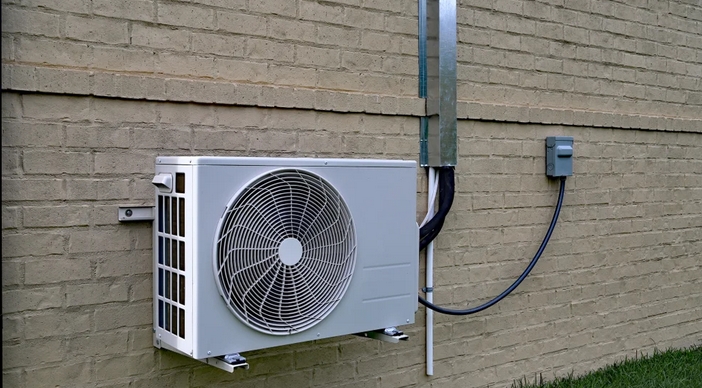Heat Pump are functional and effective techniques employed for cooling and heating residential and commercial areas. They function by relocating temperature from a place to another, as opposed to creating heating specifically like conventional furnaces or boilers. Here’s a breaking down of your fundamentals you need to know about heating pumping systems:
1. How Temperature Pumping systems Work: Warmth pumps utilize refrigerant to transfer heating between indoor and outdoor conditions. In warming mode, the pump ingredients heating from your backyard oxygen (even in cool temps) and transfers it in the house. In cooling mode, the procedure is reversed, with warmth from indoors getting expelled exterior.
2. Forms of Warmth Pumps: There are numerous types of temperature pumps available, including air-source, terrain-supply (geothermal), and normal water-source heating pumping systems. Air-supply heating pumps are the most typical, using the exterior air flow as the source of heat. Floor-supply warmth pumping systems remove warmth in the terrain, while normal water-resource temperature pumping systems remove warmth coming from a normal water supply for instance a lake or pond.
3. Performance and Environmental Effect: Temperature pumping systems provide great performance and environment friendliness. They can give cooling and heating utilizing significantly less power when compared with conventional cooling and heating systems, which can lead to decrease utility bills and lessened carbon emissions.
4. Installation Concerns: Appropriate installation is very important for that productive operations of a Heat Pump (tepelne cerpadlo). Factors including sizing, location, and insulation levels should be cautiously considered to make sure ideal functionality. Specialist set up by qualified specialists is suggested to ensure the program characteristics properly.
5. Advantages and disadvantages: Temperature pumps supply several advantages, including energy productivity, calendar year-rounded ease and comfort, and overall flexibility. Nevertheless, they will not be suited to every climate or property. In chillier territories, air flow-supply heating pumping systems can experience lowered productivity during extremely low temps. In addition, preliminary installing costs may be higher in comparison with classic solutions, despite the fact that long-term price savings on energy expenses can offset this expenditure.
To sum up, temperature pumps are innovative cooling and heating solutions offering successful and eco-friendly solutions for commercial and residential places. Finding out how they function, the various kinds accessible, as well as their benefits and drawbacks will help folks make educated choices when contemplating Heat Pump installing.




